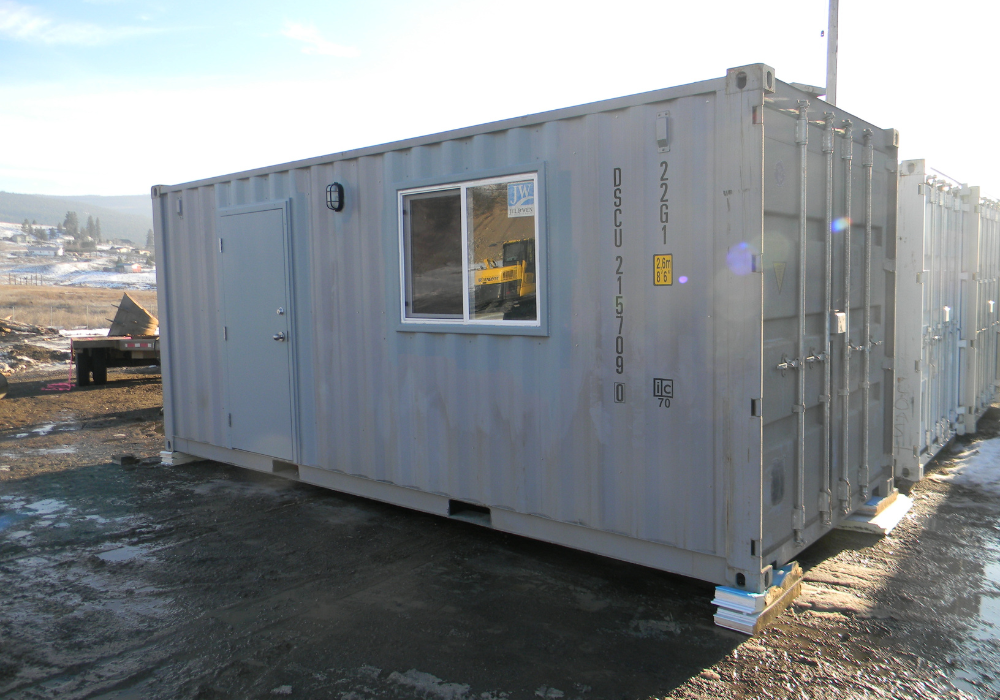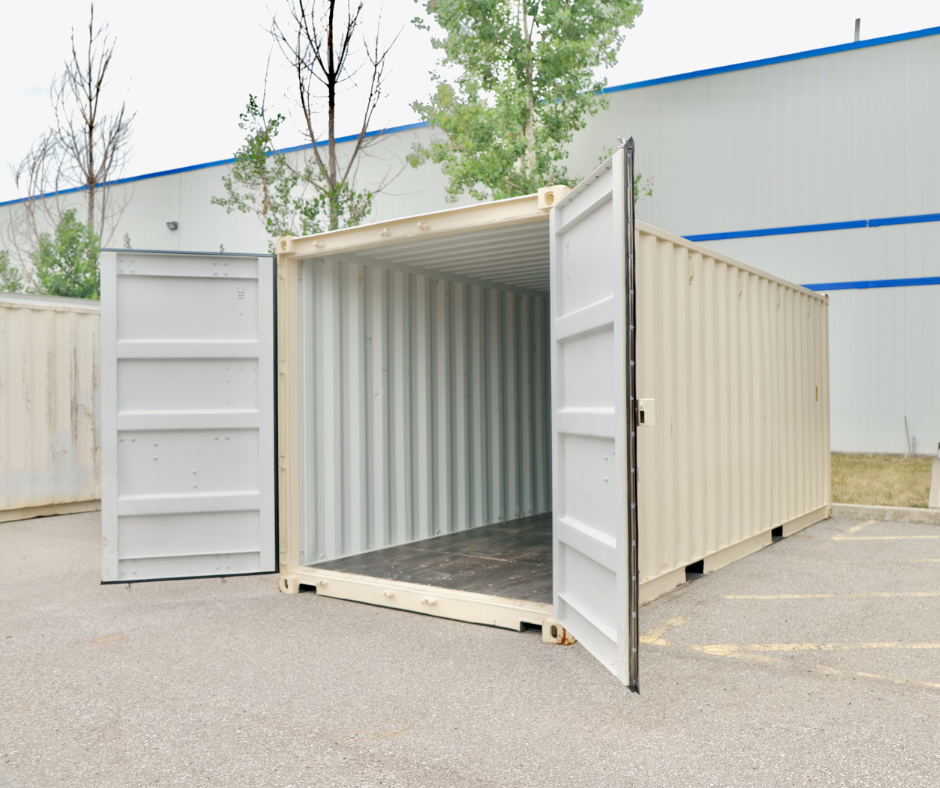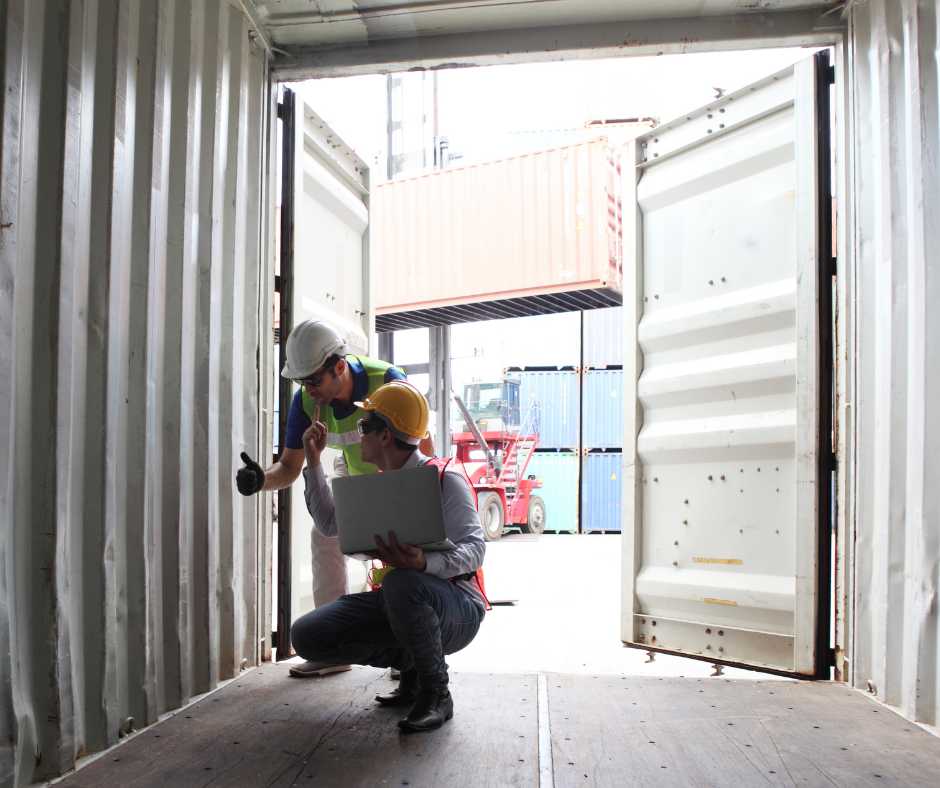Shipping containers are some of the most versatile and affordable inventory storage solutions for many businesses and companies. If your business is running out of storage space, then you know inventory management is crucial to keeping your procedures and operations running smoothly. This blog post will share exciting tips for storing and organizing your business inventory in shipping containers.
Why Do Businesses Use Shipping Containers to Store Inventory?
There are so many reasons why companies are buying a shipping container to store and move various items and inventory. Do you need help locating your supplies, tools, pieces of equipment, packaging, documents, merchandise, and products? Is your merchandise getting damaged simply because you and your staff are short on space?
Businesses can avoid spending high costs and time on renovations, new locations, relocations, and warehouses. Shipping containers are an excellent option for storing and organizing business inventory because they are durable, weather-resistant, and easy to stack. Local businesses, online stores, large brands, organizations, entrepreneurs, and many more can benefit from creating an organized, secure, safe, and easily accessible storage space for their inventory. Be sure to label and keep an inventory list so that you know what is inside each container. You can also invest in shipping container shelving units, so your items are off the ground and easy to access.
6 Tips for Using Shipping Containers to Store Your Business Inventory
One of the best things about shipping containers is that they can easily be modified, organized, accessorized, and personalized to solve a diverse range of industry needs. For example, businesses in the construction, retail, agricultural, automotive, real estate, industrial, and acting industries can use shipping storage containers to meet an extensive range of business inventory storage needs. In addition, many other industries and companies would benefit from using shipping containers to store and organize business items. Here are some of the best universal tips to help you get the most out of your shipping container storage solution:
Tip 1: Choose the Right Shipping Container Size
When it comes to storage, one size does not fit all. This is why it is essential to choose a cargo container that is the right size for your inventory storage needs. For example, 20-foot shipping containers are a good choice for most businesses, but if you have a lot of inventory, you may need a 40-foot high cube container. High cube containers are 1-foot taller than a standard container size. So, they are also ideal if your inventory is bulky, difficult to move, or enormous. While selecting the perfect shipping container size for your goods, it is essential to be aware of and plan where you will place the container. Remember that you can buy multiple shipping containers, so you might want to consider purchasing a few shipping containers to store different types or sizes of inventory rather than one very large container that could be harder to load and unload. In addition, the location of your shipping container is vital for security and accessibility.
Tip 2: Decide on a New or Used Shipping Container
Now that you know the size of the storage unit selecting the most suitable type of shipping container is a little easier. Coast Containers has various sizes of new and used shipping containers for sale. Unlike a used container which has several years of use, new containers have only travelled once from their manufacturer to one of our Coast Containers locations in Canada. This is why new shipping containers for sale are often referred to as one-trip containers. Used containers are more affordable and inspected to ensure that they are structurally sound, wind and watertight (WWT), rodent-proof and in good working condition. However, since they have been previously used, they could be more visually pleasing than a new container.
Tip 3: Planning Your Inventory Shipping Container Storage Solution
Shipping container modifications allow businesses to transform and personalize shipping containers to accommodate their inventory storage plan and needs. It is easy to get different doors, ventilation systems, lock boxes, and windows installed or added to a shipping container. When you are storing inventory in a shipping container, you will need to be able to access it easily. For example, make sure to choose or modify a container so that the doors open wide enough to accommodate the items you are storing. In addition, depending on the types of business inventory, some companies have their containers insulated to protect better things that could be damaged or ruined by cold temperatures. It is important to remember that the sea can is designed to withstand harsh climates and weather, but some business inventory has specific requirements that must be met to ensure that they are safe and stored correctly.
Tip 4: Prepare the Business Inventory and Storage Container
An excellent inventory storage management tip is to ensure that anything you keep in the shipping container is cleaned and wrapped or packed in a way that will reduce the chance of it being broken by accident. This may seem time-consuming and obvious, but this will prevent your inventory from being harmed during the busy seasons. Another way to make the most of your limited space is to organize by product type. This will help you find what you need quickly and avoid searching through boxes of unrelated items. For example, if you sell clothes, store all of your shirts together, all of your pants together, and so on. This will save you time and frustration in the long run. Next, invest in some storage racks, crates, labels, and pallets to help keep everything tidy. Finally, label all your shelves and containers so you can easily find what you need.
Tip 5: Pack Your Shipping Container Carefully
Now that your inventory is clean and organized and you have gotten the best storage solutions for your shipping container, it is time to start packing the shipping container. Start by placing heavier items on the bottom and lighter items on top, so they are less likely to fall and break during transport or while the container is being moved around. Remember to add labels and try not to separate similar items so that you can easily find them in the same place. Be sure to pack any fragile items carefully to help prevent them from becoming damaged. Also, try to leave space between items so air can circulate.
Tip 6: Inspect Your Shipping Container Regularly
Once your inventory is safely stored in a shipping container, it is essential to inspect it regularly to ensure that everything is still in good condition. For example, check for signs of mould or mildew and ensure that all your items are still securely packed away where they are supposed to be. Inspecting your shipping container will help you catch any problems early so you can take care of them before they cause severe damage to your inventory.
Final Thoughts
Shipping containers are great storage solutions for businesses because they are durable, weatherproof, and secure. If this is your first time using shipping containers, it is crucial to know how to maximize your space and keep your inventory organized. Shipping containers are an excellent option for businesses looking for an affordable and versatile way to store their inventory. By following these tips, you can make sure your business inventory is safe and sound – and easy to find – in a shipping container storage unit.
Are you ready to take the next steps? Coast Containers has several sizes, types, modifications, and accessories for sale across Canada. With locations in BC, AB, SK, MB, and ON, our customers can get their shipping containers delivered right to them. If you have any questions or want to learn more, you can request a customized quote or contact us today.
Not ready to buy a storage container but still need somewhere for your inventory? Make Space Storage, our partner company, provides self-storage, parking, portable storage and moving services throughout Canada.















